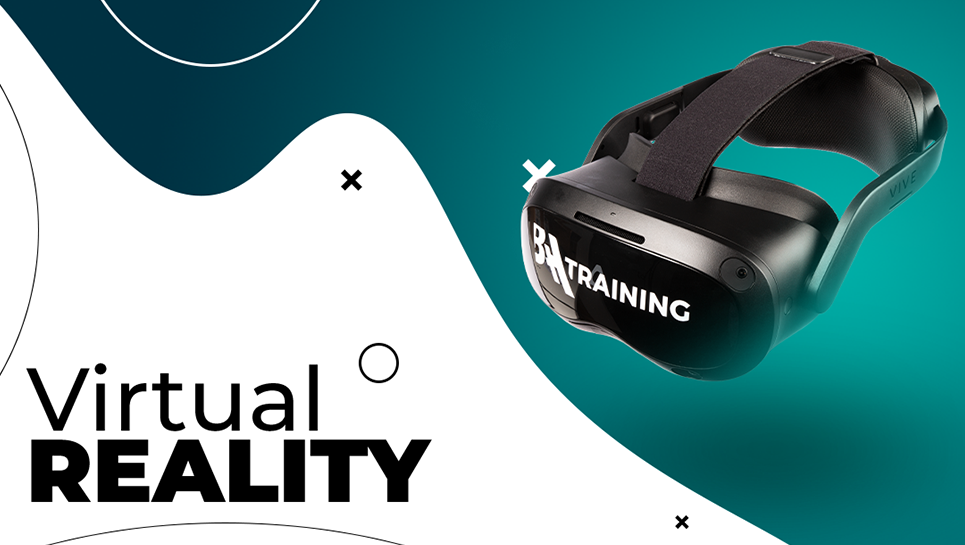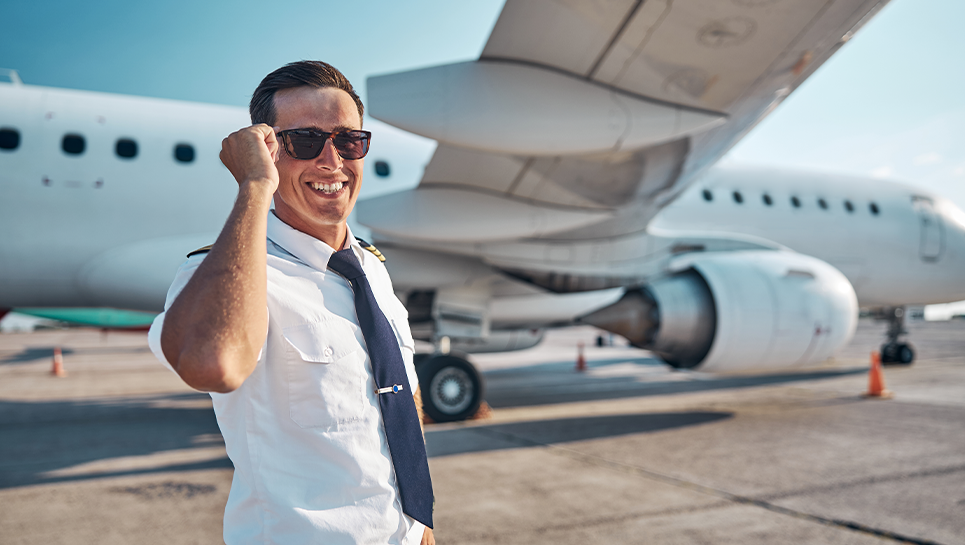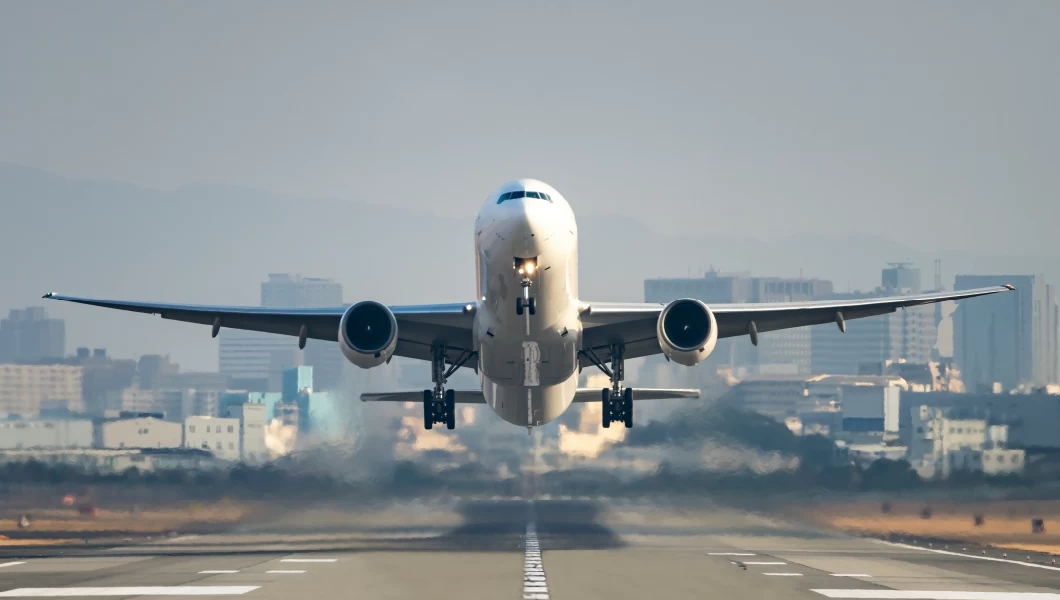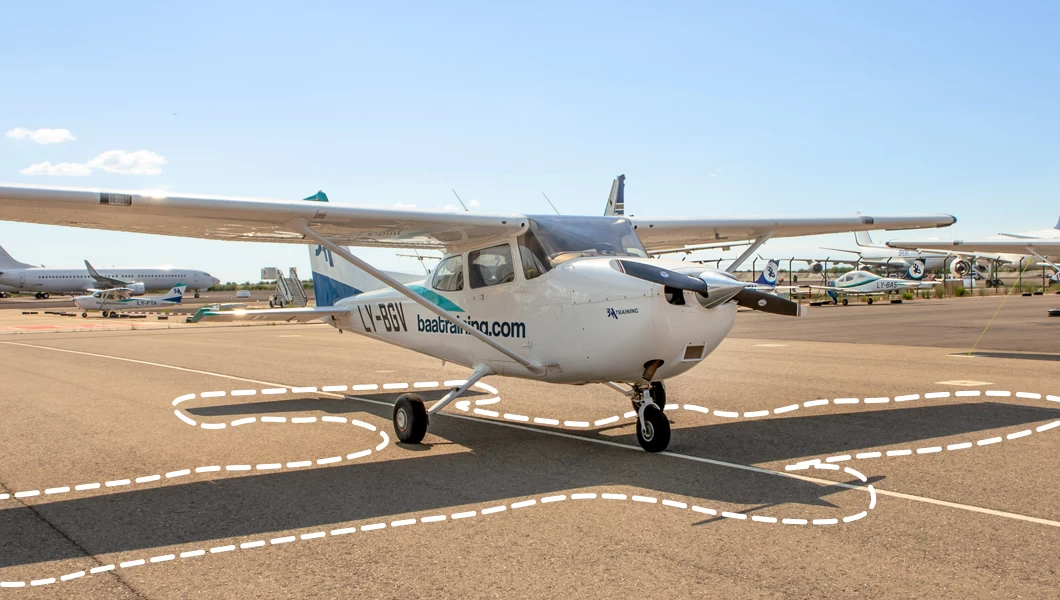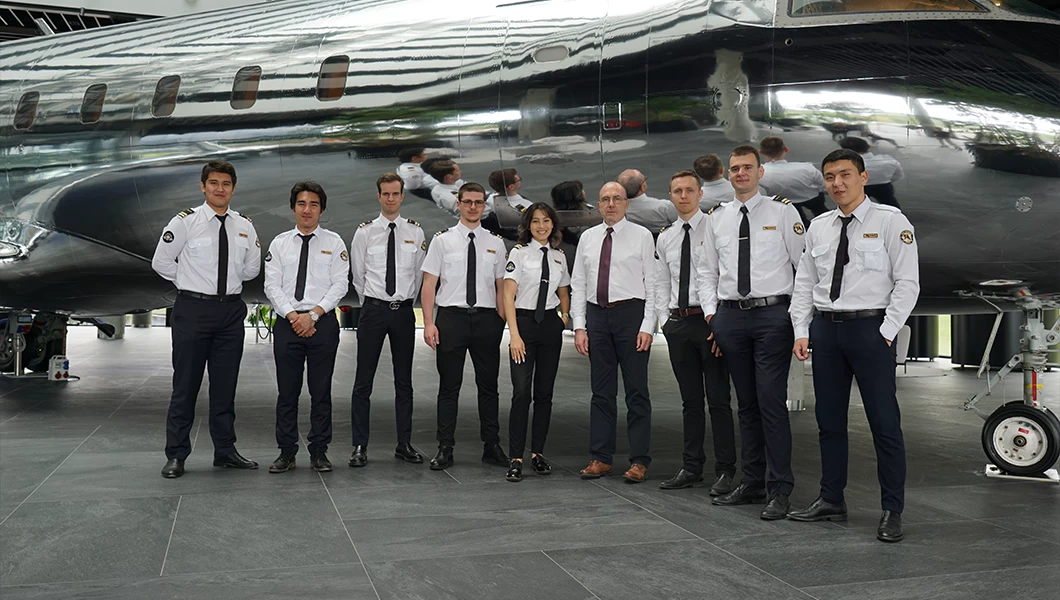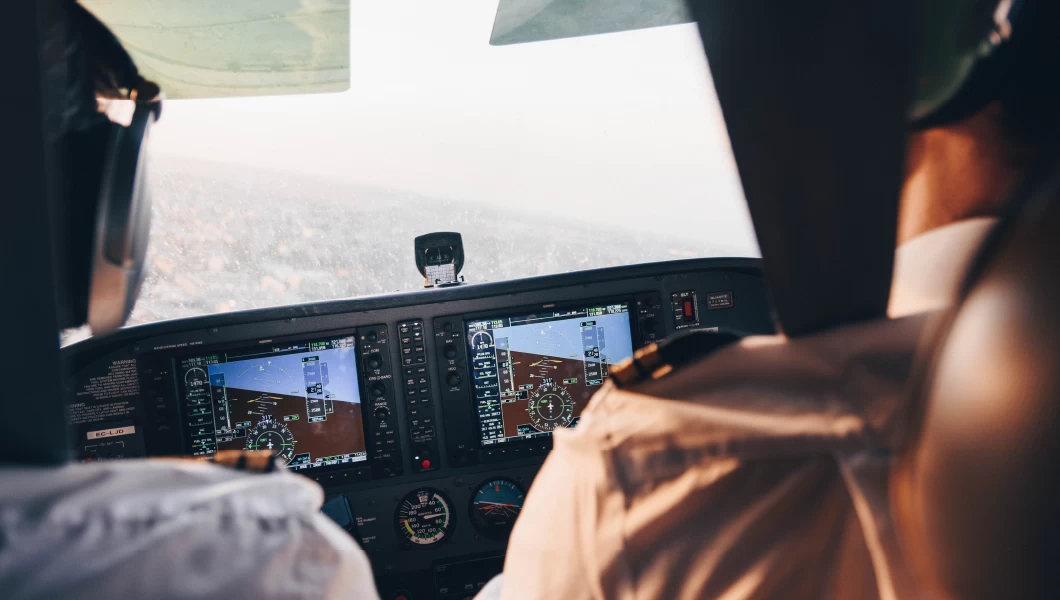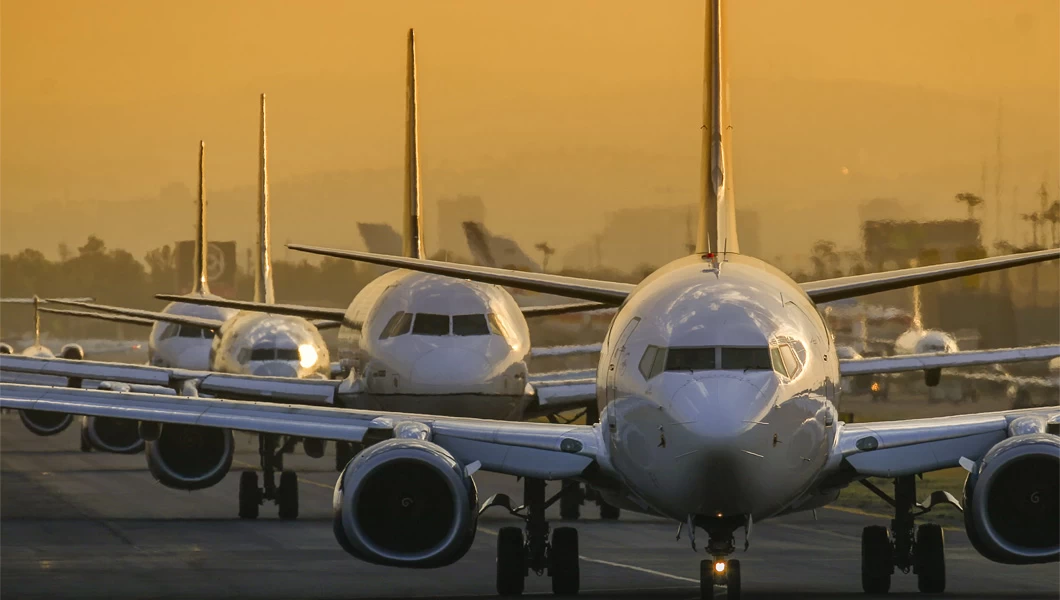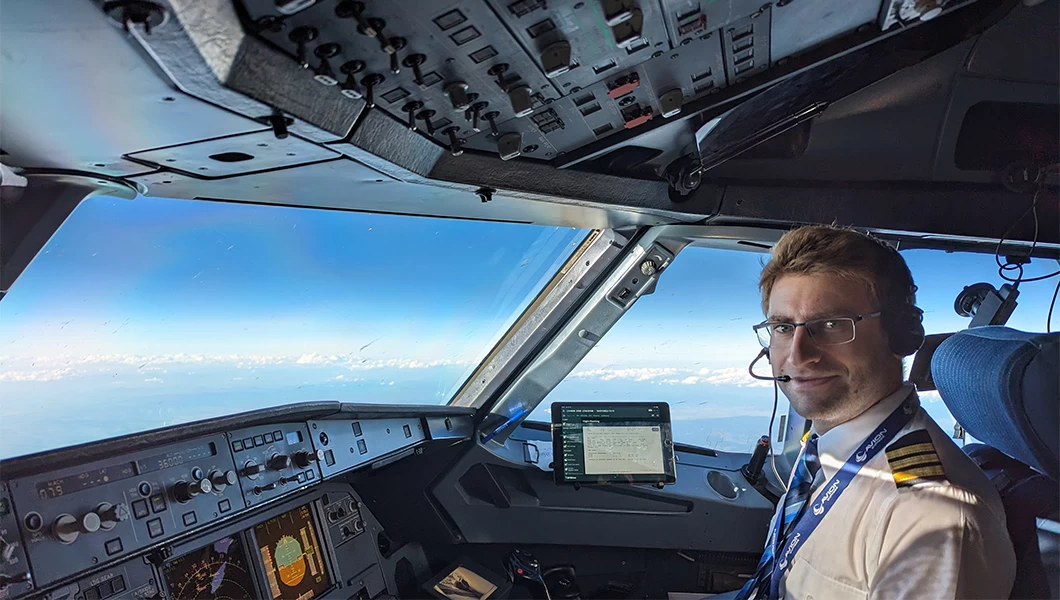Virtual Reality or VR is an environment purely generated by computer technology, usually through a headset or helmet, in which the surroundings appear real. VR is not entirely new, having been around since the 1990s to a greater or lesser degree, mainly in the entertainment world for situations such as video games. Once VR became applicable in other industries, it’s only natural that the aviation industry was one of the first – VR started to be beneficial in flight crew training.
So should Virtual Reality be incorporated into pilot training? Is it useful, perhaps even better than traditional teaching methods? Many people say that it should be used, and here we take a look at the most critical reasons for flight schools to integrate it into their training process.
Virtual Reality Is Already Used in Flight Training
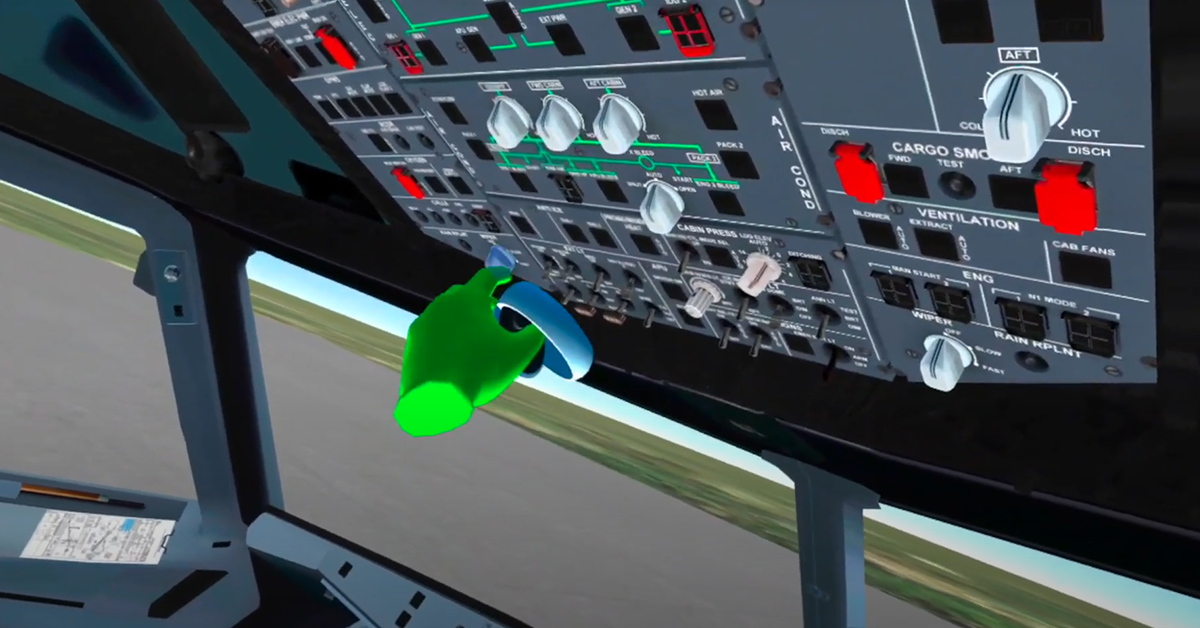
Although relatively new, VR has, in fact, been used extensively for military flight training for many years, and this looks as though it will continue and probably grow.
The US Air Force found that using VR for flight training reduced the length of their flight training course by several months. And some flight schools are now using virtual reality headsets for the first few weeks of flight training to allow students to get accustomed to the aircraft and its flight controls and develop a feel for takeoffs and landings before they are introduced to the real aircraft. It has proved to be very effective. So it makes sense for more flying schools to use it right from the beginning of flight training.
As for BAA Training, we have successfully integrated the technology to A320 and B737 NG Type Rating training as well as to the MCC stage of the Ab Initio training process in ATPL Integrated, cadet programs, and other courses. VR technology that we use allows our students to train, simulating it onboard the cabin, moving as it would inside it, accessing commands and controls, making them more apt for the simulator training.
Virtual Reality Can Be Completely Customised
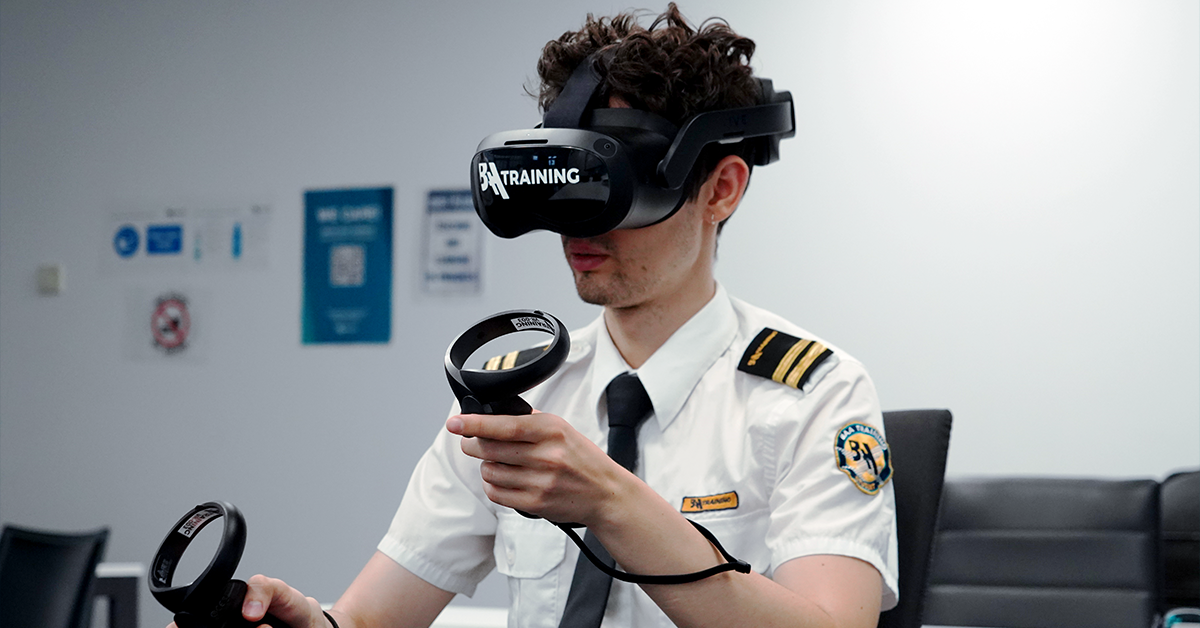
While VR technology cannot be used as a full substitute for aircraft and full flight simulators, it provides unlimited access to the new flight deck while training flows and procedures in organized training modules. In other words, it augments already scheduled simulator training and creates a better training experience for the pilots.
VR is completely customizable, making it very flexible. It is also utterly mobile since VR headsets are portable. For A320 and B737 NG Type Rating students, BAA Training gives the VR headsets for 30 days of use 24/7 at their own pace and time. In these respects, it beats both real aircraft and traditional simulators.
Using VR technology, you can realistically simulate emergencies such as cabin fires, which is hard to do effectively any other way. To support Cabin Crew training, BAA Training expects to acquire new VR equipment that will have this functionality. The moment you set things on fire, the students see smoke filling the aircraft, the passengers coughing, and they hear the instructor—their adrenaline starts to climb. A virtual accident or simulated dangerous situation affects the student’s future behavior more than a book or video. It leaves a lasting impression on their psyche and can make them calmer when a threat occurs in real life.
Your PILOT CAREER
starts with a first click
Virtual Reality Is More Effective Than The ‘Real Thing’
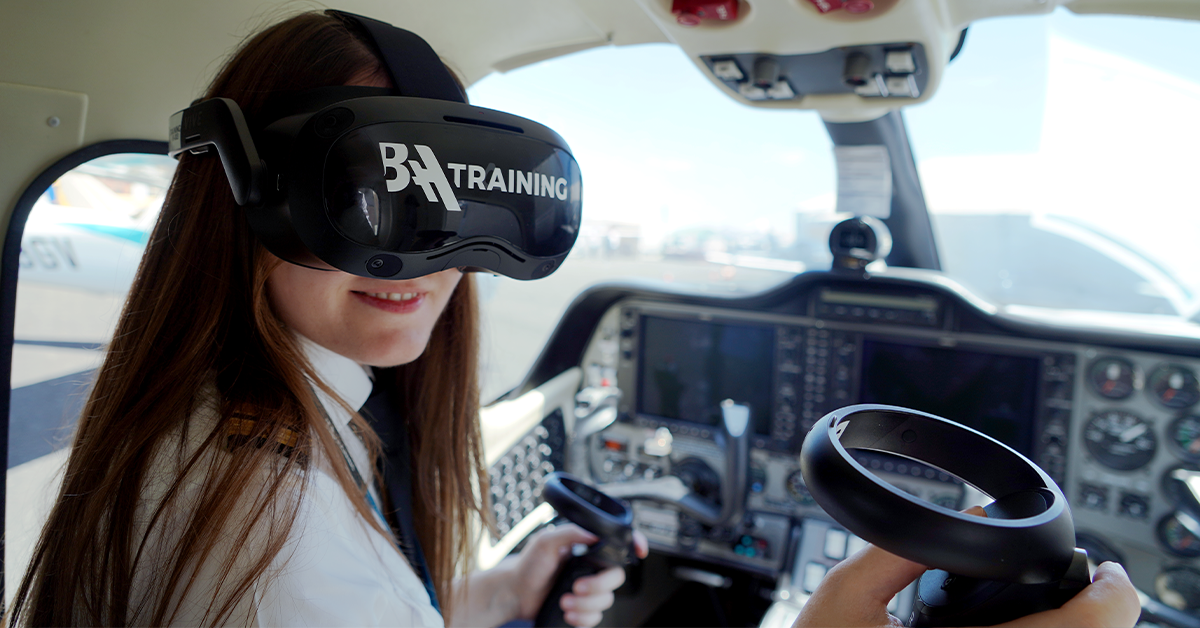
Studies have shown that virtual reality-assisted learning is more effective than traditional learning methods by up to 400%. It is particularly effective for such things as spatial and situational awareness, decision-making and problem-solving, workload management and efficiency as well as teamwork and communication. It encourages students to go beyond perfecting flying manoeuvres and instead provides an opportunity to work on the peripheral skills they might otherwise not get enough time to develop. And, of course, it doesn’t require textbooks, videos, or teachers. So it can add value to time spent studying and, in the long run, produce better pilots who remember their training more effectively.
Virtual Reality Is the Future
Virtual reality is already widespread and increasingly used in many fields, and flight training should take care not to get left behind. Flying schools are often criticized for being behind the times, using old training aircraft, for example. Flying instructors tend to want to do things the way they have always been doing. But new methods can be better, and virtual reality demonstrates to everyone that flight schools are equipped for the modern world.
In summary, virtual reality should be an essential part of flight training, and this is increasingly becoming the case. Indeed, soon new flying students may find that they are handed a virtual reality headset even before they acquire a traditional headset required for radio use. It is safe to say that Virtual Reality is becoming the future of aviation.
